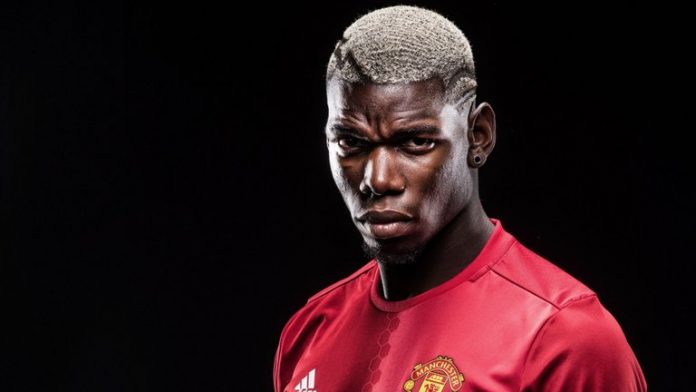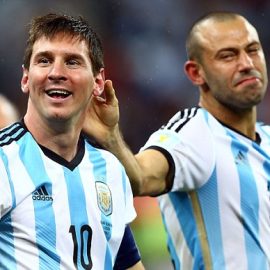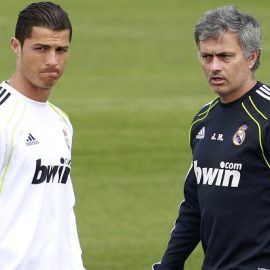Images courtesy of Ian Blanchard and the English Football Association.
In February 2008, I had the pleasure and privilege to interview Mr. Ian Blanchard, who became the Head of National Referee Development at the FA in 2005. He is responsible for the recruitment, retention, and development of all referees involved in the National game through to Supply League level. He also manages seven Regional Referees Managers.
At Euro 2008, three FA referees are taking part:
- Howard Webb
- Darren Cann
- Mike Mullarkey
Recent Controversy Over the First Dutch Goal Against Italy
On Monday night in Bern, the first Dutch goal by Ruud Van Nistelrooy created significant debate and subsequent discussion as we witnessed on Marco Pantanella’s excellent game report. I have contacted Mr. Blanchard, and he was kind enough to provide his expert analysis of the situation for all of us at Soccerlens.
After viewing the controversial goal by Van Nistelrooy on Monday night, along with the ensuing discussion, would you be kind enough to clarify the interpretation of the law?In your experience, does this type of situation happen very often? Are most players or managers aware of the ruling when a defender (Panucci) either takes himself out of the play, or in this case, was pushed by his goalkeeper?
“As far as I am concerned this incident is rare hence the debate and discussions.There are a number of factors to consider before making the correct decision, they include:1. Was the player in an offside position?
For the purposes of this incident the Goalkeeper is involved and is counted as one of the last two defenders.2. Are there any other players nearer to the opponents goal line than the attacker and the ball?
Well the only other player to be counted is the Italian defender who was not actually on the field of play but had left due to his own momentum.3. Is this player counted as being on the field of play at the time?
AS he left the field of play of his own accord, after a clash with a team mate, the ball was still in play. He should be included as one of the last two defenders as he is deemed to be part of play and counted as a defender.4. What about players who leave the field deliberately to place a player in an offside position?
Technically speaking one could argue that the player has left the field deliberately and without the permission of the referee so therefore could be cautioned.5. Should we consider that the ball remained in play and was part of one phase of play?
Yes it is important to understand that as the Italian player left the field of play the ball was played back and then crossed to the Dutch striker. This is all one phase of play. If the ball had been played out to the corner and several passes made this then would determine another phase of play being entered into.So the end result is that on this occasion a great and correct decision was made by the Assistant Referee and supported by the referee.
I hope this helps with the discussions.
Best Wishes.”
I would like to thank Mr. Blanchard for taking the time to lend his expertise to this topic.
To visit the FA Refereeing site, please click here.
Steve Amoia is the author and editor of World Football Commentaries. He writes for Soccerlens and Keeper-Skool.
Add Sportslens to your Google News Feed!
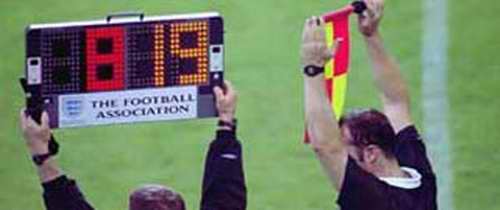
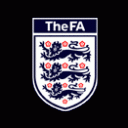 “As far as I am concerned this incident is rare hence the debate and discussions.There are a number of factors to consider before making the correct decision, they include:1. Was the player in an offside position?
“As far as I am concerned this incident is rare hence the debate and discussions.There are a number of factors to consider before making the correct decision, they include:1. Was the player in an offside position?